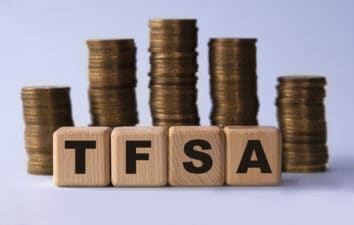U.S. markets continue to ignore the economic and geopolitical fissures that weigh heavily on the global economy with all three major indexes (S&P 500, Dow Jones Industrial and NASDAQ) simultaneously reaching record highs. In conjunction with growing concerns over the global macroeconomic outlook, this has triggered renewed fears of a market crash.
Consequently, some pundits are making questionable assertions as to how to best manage the risks that a market crash poses. One popular myth is that bonds offer a safe haven from the frenzied panic that surrounds market crashes and are an effective hedge against a falling market. Even with plenty of anecdotal evidence to support this assertion, it is not completely true.
Now what?
During a market crash, not all bonds perform the same. High-yield, low-rated bonds, such as those issued by corporations, can be hit just as hard as stocks. This is because they are reliant on the issuing company’s underlying earnings as well as the quality of its balance sheet and cash flows to maintain their value. These are the same attributes that are affected by the economic crises that trigger market corrections.
Emerging market bonds are also extremely vulnerable during times of economic distress. These economies are more susceptible to economic disruption than developed economies and are adversely affected by a stronger U.S. dollar, which causes capital outflows to accelerate and makes external debt more expensive.
In fact, only high-quality government bonds from economically sound nations can act as a solid defensive hedge during times of market distress. For this reason, U.S. treasuries have become favoured defensive hedges among investors, having established a solid track record in recent decades for acting as safe havens during market crashes.
Nonetheless, given the unique economic circumstances that now exist, it would be premature for investors to assume that high-quality government bonds are still capable of acting as viable hedges. Interest rates near historical lows in the U.S. and negative interest rate policies in Europe and Japan are distorting financial markets and placing considerable pressure on bond yields.
Then there are the considerable risks that extremely low and negative interest rates create for bonds. With rates at unprecedented lows, it is inevitable that they’ll eventually rise, causing the price of bonds to fall.
Indeed, the Fed recently signaled that a rate hike could be in order as early as September, which–along with exceptionally low yields–makes bonds an unappealing means of hedging against an impending market crash. These factors challenge the veracity of one of the latest investing trends of using diversified bond ETFs such as the iShares DEX Universe Bond Index Fund (TSX:XBB) to reduce portfolio risk.
So what?
One of the best ways to hedge against a market crash is, like Warren Buffett, to maintain a healthy cash cushion even when the stock market is performing well. This allows investors to treat any major correction as a buying opportunity to scoop up high-quality stocks at an appreciable discount.
Buffett did just that in 2008 when Lehman Brothers collapsed, throwing global stock markets into turmoil. A powerful method for building this cash buffer is to boost a portfolio’s income by investing in solid defensive stocks that pay sustainable dividends.
A solid example of such a stock is regulated electric utility Fortis Inc. (TSX:FTS). Besides paying a regularly growing dividend, which yields a healthy 3.5%, it was one of the very few companies that hiked its dividend during the global financial crisis–a time when the majority of companies were slashing their dividends or cutting them altogether.








